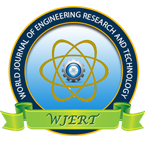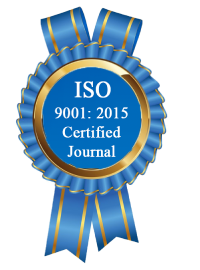| All | Since 2020 | |
| Citation | 172 | 110 |
| h-index | 7 | 5 |
| i10-index | 1 | 0 |
WJERT Citation 
Login
News & Updation
Abstract
NEUTROSOPHIC MACHINE LEARNING APPLICATIONS IN MEDICAL DIAGNOSTICS: A REVIEW
Dr. Sangeeta Rani*
ABSTRACT
The field of medical diagnostics is always battling the intricacies thatcome with inaccurate and ambiguous data. A powerful mathematicalparadigm for overcoming these difficulties is neutrophilic set theory,which provides a sophisticated framework for dealing with ambiguity,imprecision, and incompleteness in medical data. This study providesan extensive overview of the combination of machine learningtechniques with neutrosophic set theory, outlining its significantinfluence on improving diagnostic performance in the medical field.Neutrosophic set theory's core ideas—truth-membership, indeterminacy, and falsitymembership—offer a flexible framework for expressing the complex nature of medical data.These features, which define neutrosophic sets, provide for a more complex depiction of dataitems than is possible with traditional binary set theories. Within medical diagnostics, theintegration of neutrosophic set theory with machine learning techniques offers the door fortransformative applications. Algorithms for neutrophilic clustering skillfully handle theuncertainties included in medical data, enabling meaningful grouping according to values forfalsity-, indeterminacy-, and truth-membership. Simultaneously, neutrosophic classifiersprovide a sophisticated method for classifying medical data, accounting for the relateduncertainties and improving diagnostic accuracy. The work navigates through significantscientific contributions, investigating the usage of neutrosophic logic in medical imaging techniques. This investigation includes works that demonstrate the use of neutrosophic logicin medical picture categorization, segmentation, and diagnostic tool improvement. It alsoexplores the alterations needed in machine learning methods to include neutrosophic sets, highlighting the adjustments necessary to account for uncertainty and partial truth values thatare common in medical datasets.
[Full Text Article] [Download Certificate]
